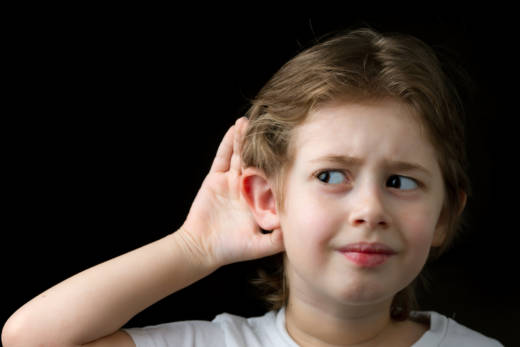An interaction with a smart speaker is not a conversation — at least not yet — and that concerns some experts. “I’m worried about parents handing off the responsibility for serve-and-return conversations to the device because they’re tired,” says Chip Donohue, director of the Technology in Early Childhood Center at the Erikson Institute. We adults do have some bad habits around technology, studies find; for example, parents tend to talk less with their children in the presence of an electronic toy than a traditional one.
Does that mean young children shouldn’t use smart speakers? Not necessarily. The key is to be thoughtful about how they are using them, advise Donohue and other child development experts. Adults should make sure children are still getting plenty of rich conversation, and they can do that in combination with the devices. For example, if a child asks Alexa, “What’s the weather?,” a parent can turn that into a learning opportunity by asking him a follow-up question like, “Alexa told us it’s raining, so what do you think we should wear?”
Parents should also monitor how the child feels about interacting with the device. Children could become frustrated if the devices don’t understand them. On the other hand, some speech therapists suggest the devices could actually motivate children to practice their articulation. It likely depends on the child, and the issue may soon become moot; engineers are tackling the challenge of developing robots attuned to children’s speech patterns.
Smart speakers as storytellers
Children of all ages love stories, so they are likely to be attracted to smart speakers’ storytelling and audiobook functions. Parents can ask, “Alexa, read a bedtime story to Allie,” Amazon suggests on its website. Many parents and teachers cringe at the notion of delegating that most classic of bonding moments to a robot. But when an adult isn’t available, children probably do benefit from asking the device for a story. Listening to audiobooks and podcasts can be helpful for reading development, at least for comprehension and vocabulary, although not for decoding. And listening to audio narration while following along with text helps struggling readers.
Lisa Guernsey, deputy director of the Education Policy program and director of the Learning Technologies project at New America, recommends that educators and parents should take a “both-and” approach to printed books and newer media, including smart speakers. Different media offer different benefits. For example, Guernsey points out that audiobooks allow children to engage their imaginations. On the other hand, printed books make it easier to do dialogic reading, a highly effective strategy where an adult pauses while reading to ask questions that require thought and analysis. In addition, children’s needs vary. For instance, English language learners and children with below-average vocabulary levels tend to comprehend less with audio narration than when hearing a present adult read the story.
Expanding notions of literacy
Guernsey points out that getting information from smart speakers isn’t all that different from hearing the news in our cars or relying on smartphones — but in all cases, young people are failing to evaluate the information source. According to a Stanford study, 80 percent of middle schoolers thought “sponsored content” on a news website was a real story, and three-quarters of high schoolers couldn’t tell the difference between a real news website and a fake one. Media literacy education is lacking in most schools, according to Sherri Hope Culver, who directs the Center for Media and Information Literacy at Temple University, and smart speakers only heighten the urgency of filling that gap.
The National Association for Media Literacy Education (NAMLE) provides helpful resources with questions young people should ask about the content they are consuming, including who created the message, its purpose, and the values that are included and omitted. That is a complex process that requires adult scaffolding, especially when a disembodied voice provides information with no visible cues such as a website’s url, byline and links to credible sources. “The earlier we start those conversations, the better,” counsels Culver.
Smart speakers aren’t inherently beneficial or harmful — it’s the way we use them that determines whether children will gain or lose learning opportunities. As they become increasingly present in our lives, it is important for educators and parents to help children understand the devices’ functions and limitations. A recent MIT study found that young children viewed smart speakers as having thoughts and feelings like a human, and Culver thinks the line between technology and humans is likely to get blurrier as devices look and sound more human.


